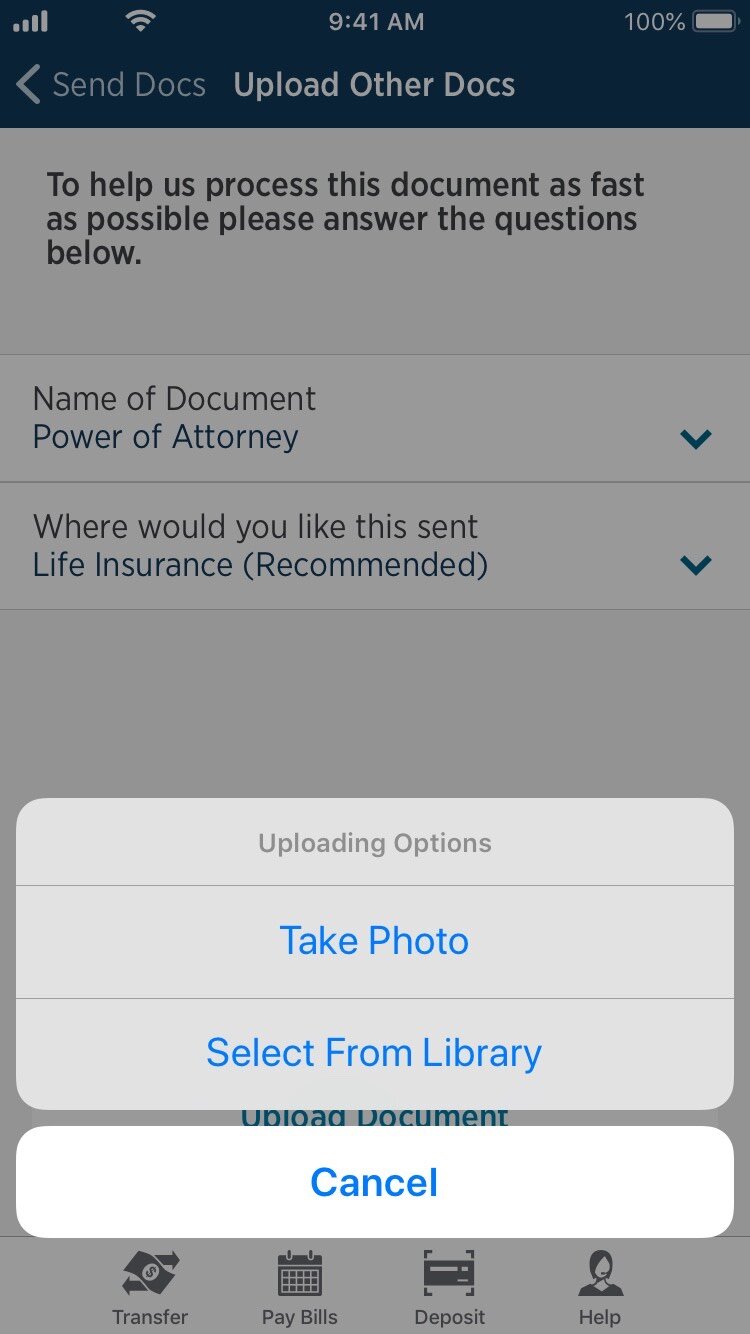Digitize Mail Systems
Overview
The current processes for inbound/outbound digital and physical mail is outdated and failed to address the most efficient ways to receive and recognize common documents, communicate receipts, and update progress to the sender.
This leaves a gap in user experience, and increases cost and cycle time for every transaction that is not an auto recognized common and familiar document.
Role
Our product team during this effort was made up of a research engineer, a technical architect, a business SME, and myself as the lead designer. As the lead UI/UX practitioner on the team, I was responsible for integrating HCD methodologies, exploring low fidelity UX designs, moderating workshops and usability sessions, turning insights and concepts into high fidelity experiences, and delivering code ready prototypes for business evaluation.
HCD Methods
Tackling a complex problem like the mail system, both digital and physical, as well as inbound and outbound, required us to think differently about how we should solutionize.
Research Needed:
Evaluate current environment to identify what is actually happening and what problems are observable.
Identify the impact of how much and how frequent those problems are happening.
Be able to hypothesize why it’s happening.
Ultimately, associate real problems to actual humans.
HCD Approaches
Problem Statement Free Listing Exercise.
A standard HCD practice involving a time boxed free listing and affinity mapping exercise. Great for gathering a lot of perspectives quickly and chunking them into themes.
Importance/Difficulty Matrix.
The idea here is to get the product owners and stakeholders to prioritize which problem areas are worth the time and money to focus on. This also creates a sense of shared agreement on beginning direction.
User Need Statements.
The goal here is to explore how those problems connect to real humans and create a sense of empathy with the user. This is done by exploring who’s being affected, what the user needs to do, and why does it matter to them.
Research Insights
Once we completed all the HCD workshop sessions, I spent time to synthesize the outputs into actionable insights. I did this by mapping insights and themes into to their domain or line of business. This method helped the team visually see the areas that had the most volume of major problems, as well areas with the most consistent problems, most unique, or biggest outliers.
Research Findings
After we synthesized the data it was time to turn those into very specific areas for UI/UX exploration to begin.
Low Fidelity Design
Once we discovered the main problem areas and opportunities it was time to begin exploring and iterating on the user experience design. My role involved designing all of the low fidelity experience flows.
Here is a sample of the low fidelity designs:
MVP High Fidelity Designs
We wanted to take the low fidelity designs into high fidelity so we could quickly gather client feedback and usability test. My role in this was to lead design the high fidelity experiences, making sure to take customer needs, problem areas, and opportunities and integrate them into feasible solutions.
Here is an example of the what the solutions provided:
Personalized messaging for requesting and updating progress during the document transmission.
Ability to select from an organized list of common documents.
Ability to use object character recognition (OCR) to automatically determine type of document uploaded.
Usage of electronic/digital signatures.
Ability to track progress and estimated time of delivery.
Here is a sample of the final high fidelity designs:












